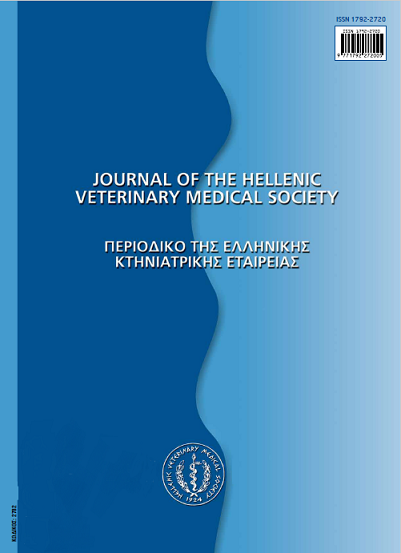Persistent viral infections in farm and companion animals: mechanisms of establishment and maintenance of viral persistence

Abstract
In persistent viral infections the responsible virus is not eliminated by the host's immune system, but it is maintained in infected cells for months, years or lifetime and it is excreted periodically or continuously. The carrier animal may either appear healthy or show clinical signs. The epizootiologic importance of persistent infections is of compelling interest, since the asymptomatic carriers become a permanent source of viral dissemination that can transport the virus across long-distances and reintroduce it into a given herd, region or country, where the disease had been eliminated. Moreover, a persistent viral infection may be reactivated and cause recrudescent episodes of disease, may lead to immunopathologic or neoplastic disease in the individual host and yet may be transmitted to other animals or to the humans via contaminated materials of animal origin. The economic losses are significant at both farm and national level. Fifty four RNA or DNA viruses induce persistent infections in farm and companion animals. In particular, 14 viruses cause persistent infections in bovines, 7 in small ruminants, 9 in swine, 11 in equines, 8 in cats and 5 in dogs. The majority of these infections are caused by retroviruses and herpesviruses. For a virus to establish and maintain persistent infection, it should have limited cytolytic action, it should be able to maintain its genome within host cells over time and to evade the immune defence mechanisms of the host. The preventive measures are largely based either on the immunization of susceptible animals or on the eradication of the disease by stamping-out policy. The currendy available vaccines are inactivated or live attenuated. Most of them are prepared by conventional methods, but they also exist those that are biotechnologicaUy engineered, such as vector vaccines marker vaccines or subunit vaccines. A major advantage related to the use of marker vaccines is that vaccinated animals can potentially be differentiated from the naturally infected ones by this process.
Article Details
- How to Cite
-
PAPANASTASOPOULOU (Μ. ΠΑΠΑΝΑΣΤΑΣΟΠΟΥΛΟΥ) M. (2017). Persistent viral infections in farm and companion animals: mechanisms of establishment and maintenance of viral persistence. Journal of the Hellenic Veterinary Medical Society, 55(4), 353–362. https://doi.org/10.12681/jhvms.15146
- Issue
- Vol. 55 No. 4 (2004)
- Section
- Review Articles
Authors who publish with this journal agree to the following terms:
· Authors retain copyright and grant the journal right of first publication with the work simultaneously licensed under a Creative Commons Attribution Non-Commercial License that allows others to share the work with an acknowledgement of the work's authorship and initial publication in this journal.
· Authors are able to enter into separate, additional contractual arrangements for the non-exclusive distribution of the journal's published version of the work (e.g. post it to an institutional repository or publish it in a book), with an acknowledgement of its initial publication in this journal.
· Authors are permitted and encouraged to post their work online (preferably in institutional repositories or on their website) prior to and during the submission process, as it can lead to productive exchanges, as well as earlier and greater citation of published work.


